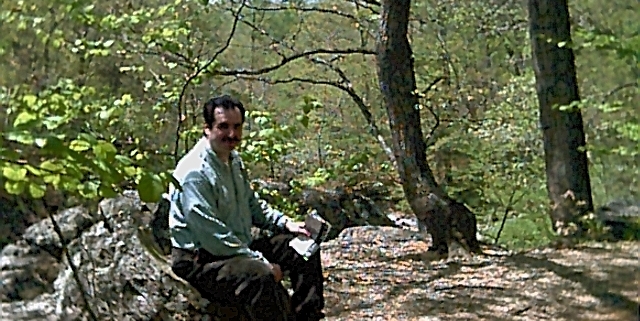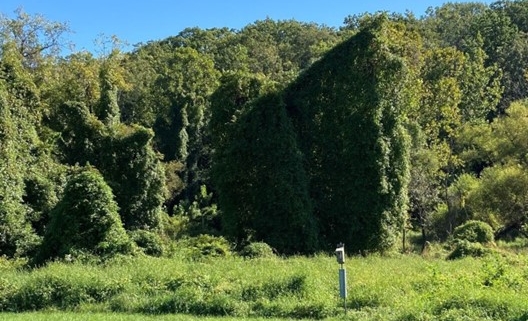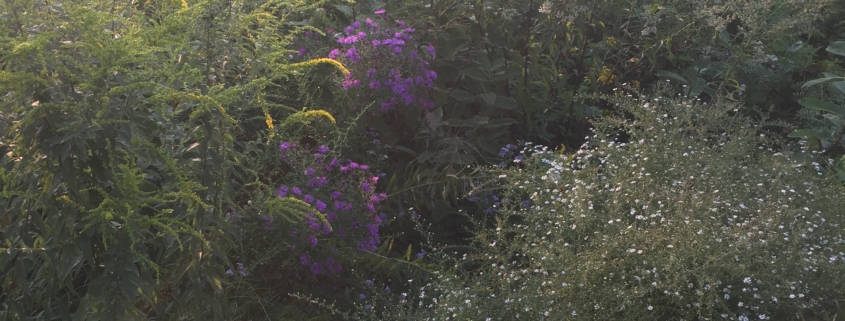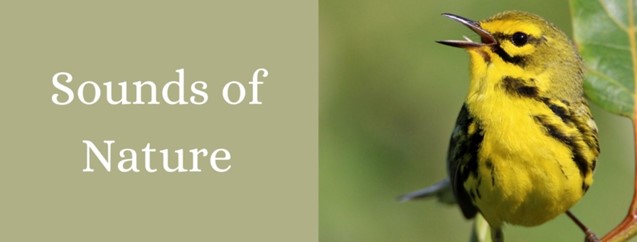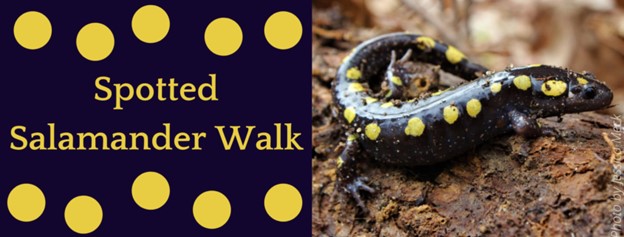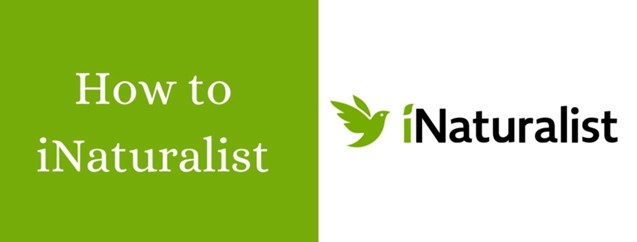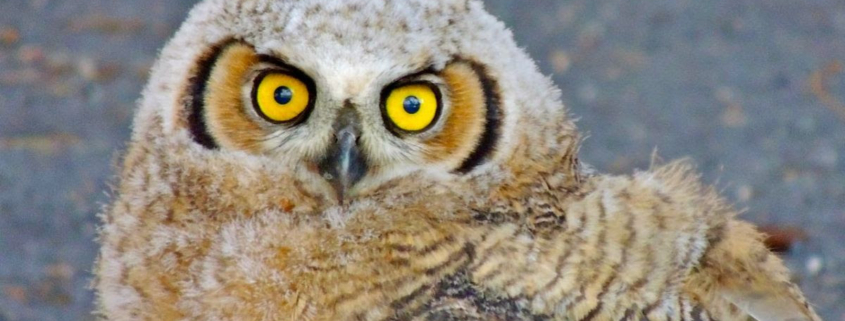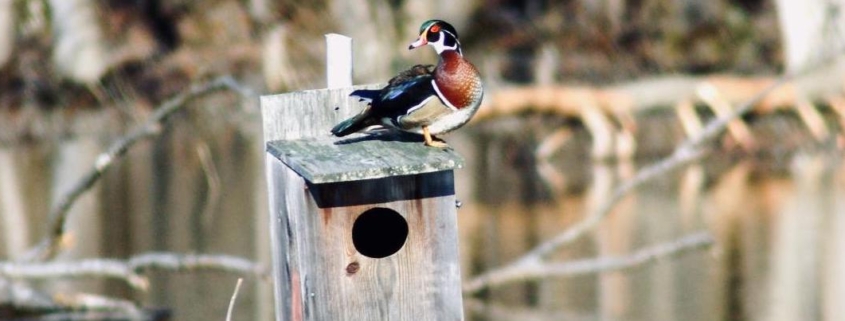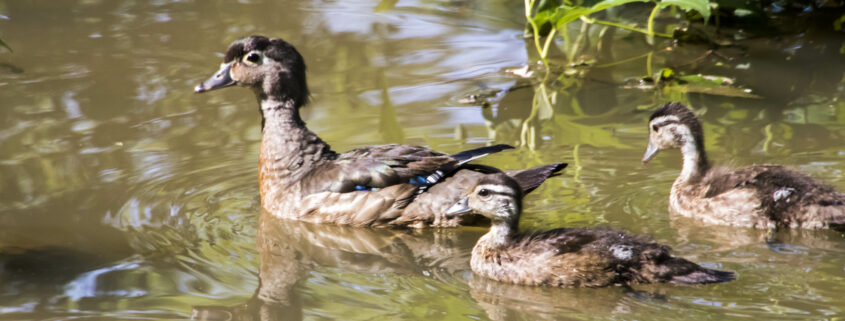The Petroglyphs of Great Falls, Virginia
Feature photo: The author at the Great Falls petroglyph site sitting on a chair-like rock.
Article and photos by FMN Stephen Tzikas
Early in my career I had numerous business trips to the southwest border of the country, and on my personal time, I visited the national or state parks in the area that had petroglyphs. I found these fascinating, because they are the communication record of the indigenous people of the area. I think most people associate petroglyphs with the southwest of the country, but one can find them on the East coast too, including Fairfax County.
The Safe Harbor Big and Little Indian Rock petroglyphs are an archaeological site located at Conestoga Township in Lancaster County, Pennsylvania. It consists of two rock islands located in the Susquehanna River. Big Indian Rock is 60 feet by 40 feet, and has carvings on all sides. These Safe Harbor petroglyphs are the largest concentration of ancient Native American rock art sites in the eastern United States. In June 2000, I had the pleasure to venture out about a half mile by small canoe to the petroglyphs with the expert archaeologist on these rock symbols. He was interested in my astronomical, folklore, and Jungian psychology interpretations as they related to the archaeological record. The petroglyphs of this location easily rival those in the southwest.
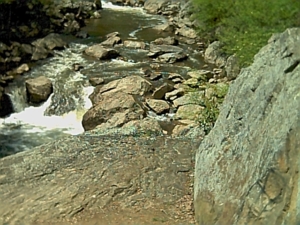
The wider area of the Great Falls petroglyphs.
The Fairfax County petroglyphs are located in Great Falls, along Difficult Run, walking from Georgetown Pike. They show a series of a man with a spear being thrown with an atlatl. The atlatl existed prior to the bow and arrow, so the petroglyphs are likely 500+ years old to about 5,000 years old. They are very weathered so in my opinion they are in the older range of estimates. Petroglyphs are powerful
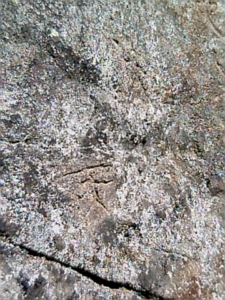
One of the Great Falls petroglyphs.
anthropological archetypes that are central to the culture that lived in the Great Falls area at the time. Think about how you as a person are defined by all the cultural symbols around you, and then you can better appreciate
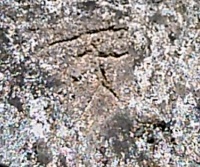
Great Falls petroglyph close-up.
how the rock art and surrounding natural environs played a role in the mental identification of these original communities.


